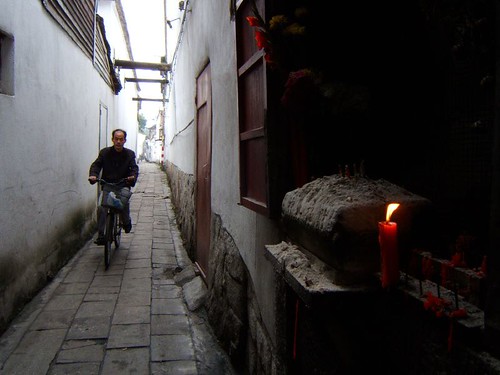St. Michael's Church in Beijing 北京圣米厄尔教堂
St. Michael's Church, locates in the Dongjiaominxiang street where once was the foreign embassies area during time of the late Qing-dynasty and the Beiyang republican administration in the beginning of the last century.
It was built in 1901 under the supevision of a french pastor. It was the last catholic church built in Beijing.
圣米厄尔天主堂位于东交民巷与台基厂大街交叉路口东北处,,它供奉的是天神米厄尔,所以称为圣米厄尔教堂。该教堂始建于1901年,落成于1904年,创建者是法国传教士高司铎,是外国人在北京修建的最后一座天主堂。




